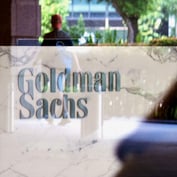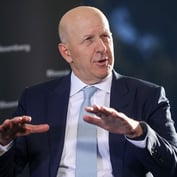What You Need to Know
- There's growing evidence that, while interest-rate worries have mostly played out, a new fear is in the driver's seat.
This week’s move lower in stocks may not just be a simple continuation of what has already been a painful 2022 selloff for investors. Instead, there are signs that the selloff may have entered a new phase.
In addition to deepening the year-to-date losses, this increases the possibility, though still not high probability, of a disruption in market functioning, which would have material spillbacks for the real economy.
The sharp selloff on Wednesday took the year-to-date losses of the S&P 500 Index to 17.7%, and those of the Dow Jones Industrial Average and the Nasdaq Composite Index to 13.3% and 27%, respectively.
The initial drivers for these losses came from the financial side of the economy — that is, concerns about higher interest rates and more generally tightening financial conditions. Now there is growing evidence that, while these two influences have mostly played out, a new one is in the driver seat.
What Makes the Current Selloff Different
Wednesday’s selloff had two particular characteristics that distinguished it from the recent market moves.
First, consumer-related stocks led by Walmart Inc. and Target Corp. notably underperformed, losing even more value; and bond prices rose rather than fell as they had for the early phases of the selloff.
Both of these are consistent with worries about growth and earnings becoming a bigger driver of market reaction.
They come on the heels of another more-hawkish tilt this week by Federal Reserve Chair Jerome Powell and, as important, remarks from Target suggesting that persistent cost pressures are now being accompanied by concerns about the revenue side and, more generally, the ability of consumers to navigate such high inflation.









 May 19, 2022 at 04:24 PM
May 19, 2022 at 04:24 PM











